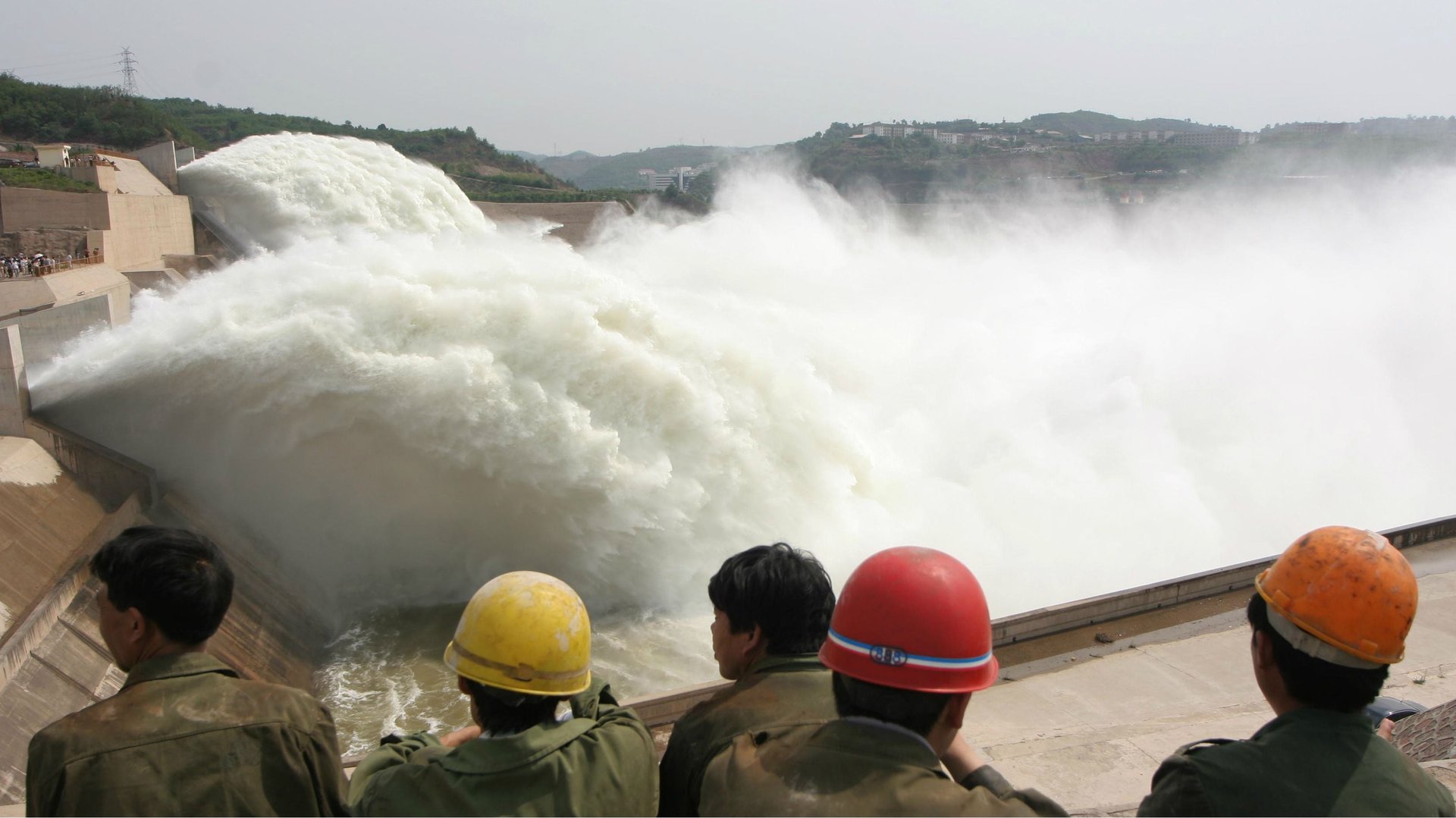China is gearing up to let its banks borrow as much as they want
China is cranking up its credit machine once again. The country’s State Council announced plans to remove a lending cap that has long barred banks from lending more than 75% of their deposits.


China is cranking up its credit machine once again. The country’s State Council announced plans to remove a lending cap that has long barred banks from lending more than 75% of their deposits.
The proposal—which will, in theory, free up enough credit for small, private-sector businesses—is a sign that monetary policy has so far failed to get capital to the most vibrant part of China’s economy, says Andrew Polk, economist at the Conference Board.
“The mechanisms for banks to get credit to parts of the economy that really need credit right now—especially SMEs [small- and medium-sized enterprises]—aren’t working,” says Polk. “They’re doing anything they can to make that transmission flow better—to un-gum the lending process.”
The proposed measure, which came in the last paragraph of a lengthy statement (link in Chinese) about internet strategy and mandatory insurance coverage, downgrades the current 75% loan to deposit ratio (LDR, sometimes called “LTD”), a way of regulating bank liquidity, from a legal limit to a mere guideline for commercial banks. Once cleared by the Politburo, the amendment should make it easier for banks, especially those struggling to scrounge up deposits, to lend.
However, one flaw in the plan is that most banks don’t need more cash to lend. The big state-owned banks that dominate China’s financial system aren’t in imminent danger of running out of money to lend—together they claim around half of China’s 128 trillion yuan ($21 trillion) deposit base. It’s mainly smaller or rural banks that face this challenge, but they account for only a tiny fraction of overall lending.
Still, with deposit growth the slowest on record—its growth rate has been below that of loans for over a year now, notes Polk—it could become a more widespread problem. This “leakage” of would-be deposits from the banking system is probably due to savers cashing out to invest in China’s booming stock market, Polk says.
The State Council might be looking to head off any future pressure on bank liquidity that might occur as it cuts lending rates—lowering the cost of capital for borrowers—and raises deposit rates, which the government still sets. The People’s Bank of China has already done this a few times since Nov. 2014; two recent cuts to the reserve requirement ratio were supposed to ease that pressure.
Tellingly, Chinese authorities’ moves may actually reveal a more serious problem in the country’s banking system right now. Today’s announcement comes mere days after the PBoC reported the lowest loan demand (link to pdf in Chinese) it had ever seen. This is odd given the PBoC’s profuse loosening of late, says Christopher Balding, associate professor at Peking University HSBC Business School, Shenzhen—and could imply a much higher level of bad loans than official data suggest.
“[E]ven though they keep releasing all this additional capital, it appears to not be enough and new loan growth isn’t showing a bump,” says Balding. ”If people are paying their loans and new capital is being released we should see a bump in lending.”